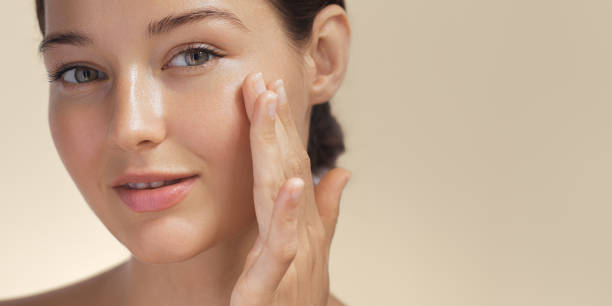Minimal-Product Looks to Enhance Natural Radiance
A minimal-product approach highlights skin texture and natural undertones while keeping routines efficient and sustainable. This short guide outlines gentle techniques, key product choices, and straightforward application tips to achieve a fresh, radiant appearance using fewer cosmetics without sacrificing longevity or inclusivity.

Creating a minimal-product look focuses on enhancing what you already have rather than masking it. Prioritize skin health and subtle enhancement: lightweight layers, targeted pigments, and careful blending produce a luminous, wearable finish. This approach reduces time, waste, and complexity while allowing shades to read naturally on different skin tones. The guidance below covers product selection, application steps, and tool choices that support longwear results and inclusive outcomes, and it also notes cruelty-free and sustainable options where they naturally fit into the routine.
How to choose cosmetics for natural radiance
Select lightweight, multitasking cosmetics that enhance without hiding. Opt for tinted moisturizers or sheer BB/CC creams instead of heavy foundations to allow skin texture to show through. Look for formulas that include light-reflecting pigments for a subtle glow and longwear claims for durability. Prioritize products labeled cruelty-free and seek sustainable packaging when possible. When sampling, test on the jawline or chest to ensure the shade harmonizes with your undertone; this helps avoid obvious lines and preserves the appearance of natural radiance.
What beauty basics support a minimal look
Start with clean, prepped skin: gentle cleansing, basic hydration, and a lightweight primer if you need to smooth texture or extend wear. Skincare that addresses brightness—hydrating serums, mild exfoliation, and SPF—forms the backbone of a minimal routine. For immediate beauty impact, keep a small palette with a cream blush, a multipurpose stick, and a neutral shadow. These items allow you to add color, definition, and warmth without bringing a large collection of separate products into your routine.
Application tips for quick, natural results
Use minimal product and build where necessary. Tap tinted formulas in thin layers rather than rubbing; this keeps coverage even and natural. For cheek and lip color, apply with fingers to melt product into skin, focusing on placement that mimics natural flush. When working with pigments, less is more: a light touch of pigment on high points (cheekbones, brow bone, inner eye corner) creates the impression of healthy glow without obvious shimmer. Finish with a translucent powder only where oiliness threatens longevity.
Selecting shades and pigments for your skin
Choose shades that compliment your natural undertones—warm, cool, or neutral—so the look enhances rather than contrasts. Creamy pigments tend to blend more seamlessly into skin than powders, especially for minimal looks. A single neutral palette with one deeper matte for subtle depth and one soft shimmer for glow is versatile and small. For inclusivity, ensure your chosen lines offer a range of shades so undertones across diverse skin tones can be matched accurately and naturally.
Blending, primers, and longwear strategies
Blending creates cohesion in a minimal routine; use gentle motions and let products sit before blending additional layers. A lightweight primer can help even texture and provide a gripping surface for longwear formulas without adding weight. To increase longevity without caking, use cream products as base color and set only high-traffic areas with a small amount of powder. Consider longwear tint options for lips and cheeks when you want color that survives meals and humidity while still feeling lightweight.
Tools, skincare, and cruelty-free sustainability
Select a few reliable tools: a small dense brush for cream foundation, a damp sponge for blending, and a multiuse small brush for eyes and brows. Good tools make minimal routines efficient and precise. Keep skincare simple and effective—hydration, protection, and occasional exfoliation—to maintain skin that needs less coverage. When possible, prioritize cruelty-free and sustainable brands, recyclable packaging, and refillable palettes to align minimalism with environmental responsibility. Inclusivity in shade ranges and accessible textures is key for truly practical minimal-product looks.
Minimal-product techniques center on enhancing natural radiance through considered choices: streamlined product selection, skillful application, and attention to skin health. Using fewer items can improve consistency, reduce decision fatigue, and make routine maintenance easier while honoring diverse skin tones and preferences. Thoughtful blending, appropriate shades, and modest layering deliver a polished, enduring finish that keeps the focus on skin rather than on heavy cosmetics.





